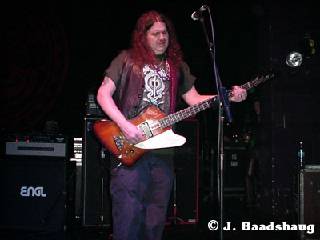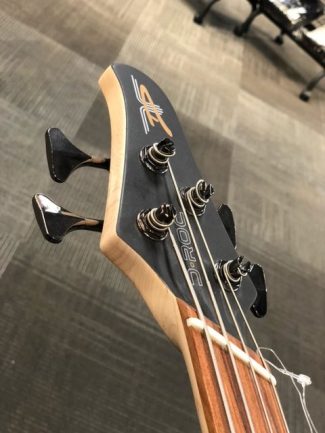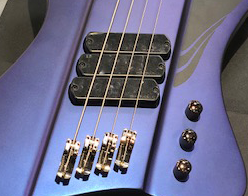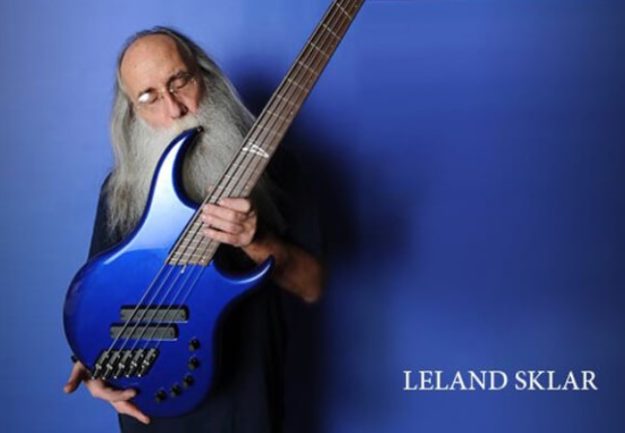A Canadian luthier’s take on a classic guitar model
By Nick Petlock on October 5, 2022
Saskatoon-based luthier Sheldon Dingwall is releasing a new model in the Dingwall line-up. The D-Roc is hitting the walls of music stores across the world. This is a new and improved take on Gibson’s popular Thunderbird model. As music and genres evolve, so do the instruments. Dingwall has always been on the cutting edge of innovation.

The Gibson Thunderbird was originally released in 1976. It was a model that became known for its iconic sound and look. It was most notably part of the signature aesthetic of Motley Crue’s Nikki Sixx. The bass became synonymous with “hair-metal” but was not limited to the genre. Eventually, the Thunderbird would be a weapon of choice for many bass players.


Dingwall’s recent take on the classic guitar gives a nod to the Thunderbird’s legacy and brings improvements to the design.
What can Dingwall do to improve a classic?
One issue players have with the Thunderbird is the poor balance. The headstock has a flashy look at the cost of being heavier. It tends to throw off the weight of the guitar. The Thunderbird is notorious for the “nose-dive”. The D-Roc addresses this complaint with a lighter headstock and a perfect balance for the player.

Lighter headstock and fanned frets.

Is the design for human hands, sound quality or both?
One of the most notable aspects of Dingwall’s basses that draws most players’ attention is the fanned frets or the “multiscale” system. This is ergonomically designed to suit the shape of the human hand. There is also a frequency-based reason for this. If you look inside the body of a grand piano, you will notice the thicker bass strings are longer, and the thinner treble-producing strings are shorter. The bass strings need to be longer to reverberate that rich full low-end sound. Sheldon Dingwall’s design recreates this for frequency purposes. This creates more full-bodied low notes and overall more definition.
What else did Dingwall pick up on?

The last notable improvement from the classic Thunderbird model is the pickup configuration. The Thunderbird has two humbucker pickups with a flat output. Many players (including Sixx) use effects pedals such as distortion to help the bass sit better in the mix with the rest of the band. Dingwall has some pretty impressive electronics at work here. The D-Roc still keeps it simple with three knobs. One knob for volume, one for tone and the last acts as a rotary switch to reconfigure the pickups. It selects and deselects between the three pickups to get various sounds the player may need. So no matter how loud the guitar player is, the bass notes can still shine through.
Stick to the classic or in with the new?

To this day many players still stay loyal to their Thunderbirds. There’s no doubt it has its place in the history books. There is also an audience for the innovations of Dingwall. When studio session legends like Leland Sklar and Duran Duran’s John Taylor are gigging with your gear, you’re doing something right. The D-Roc has a special tone that would ideally suit players in hard rock and metal bands. The combination of selected woods, pickups and string length provides a mid-range growl that cuts through perfectly in a loud band situation. Be sure to check out the D-Roc from Dingwall at a music store near you.
